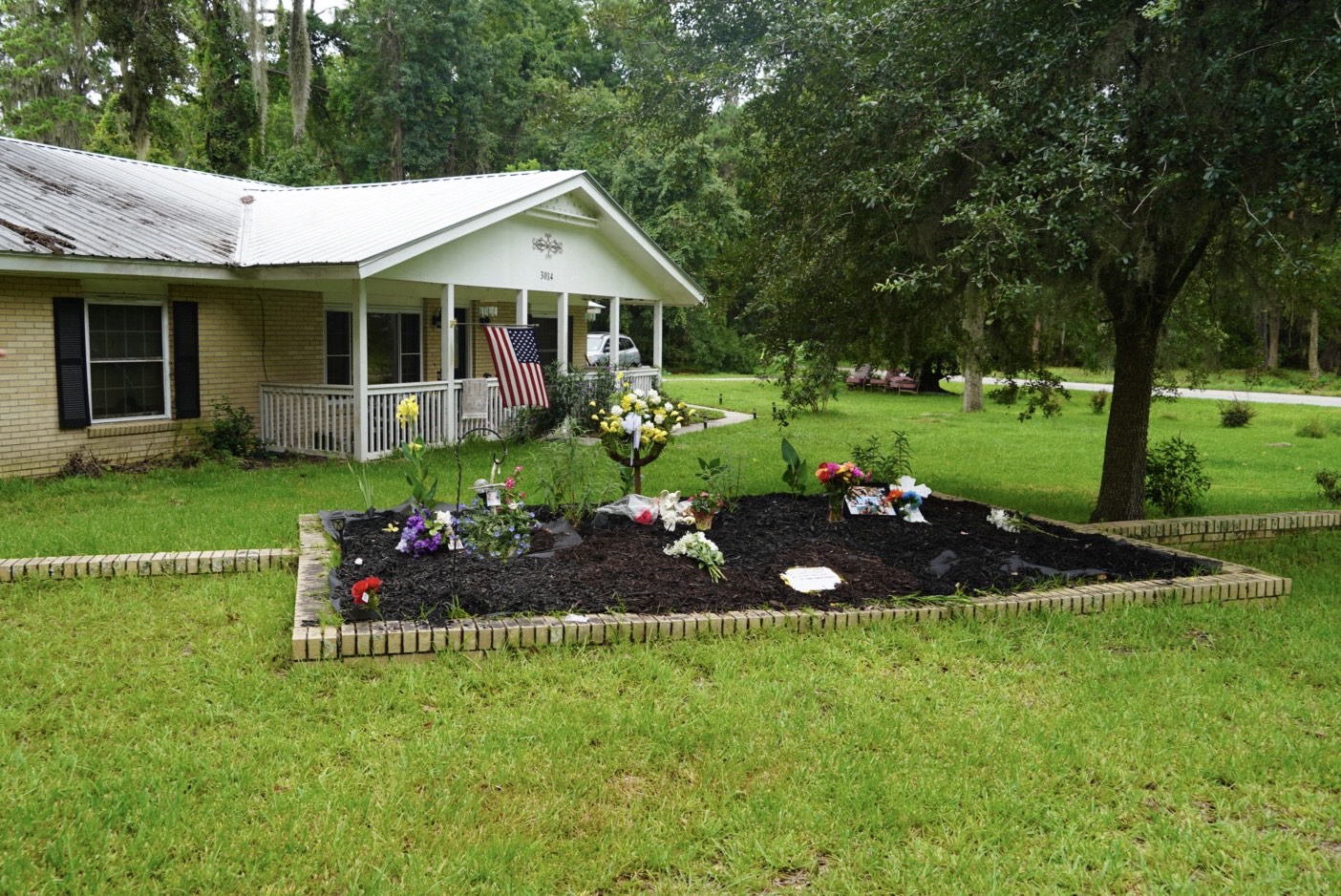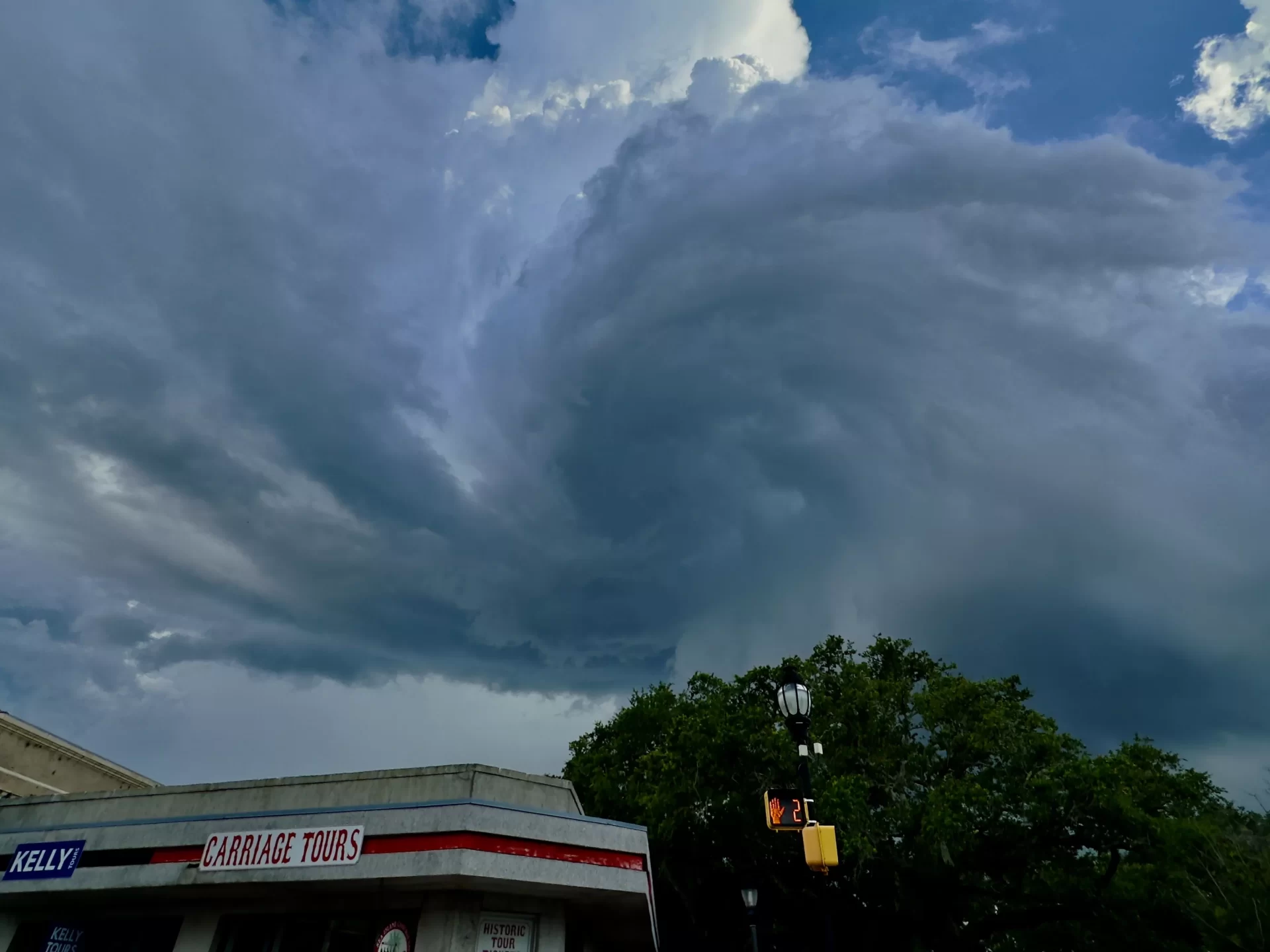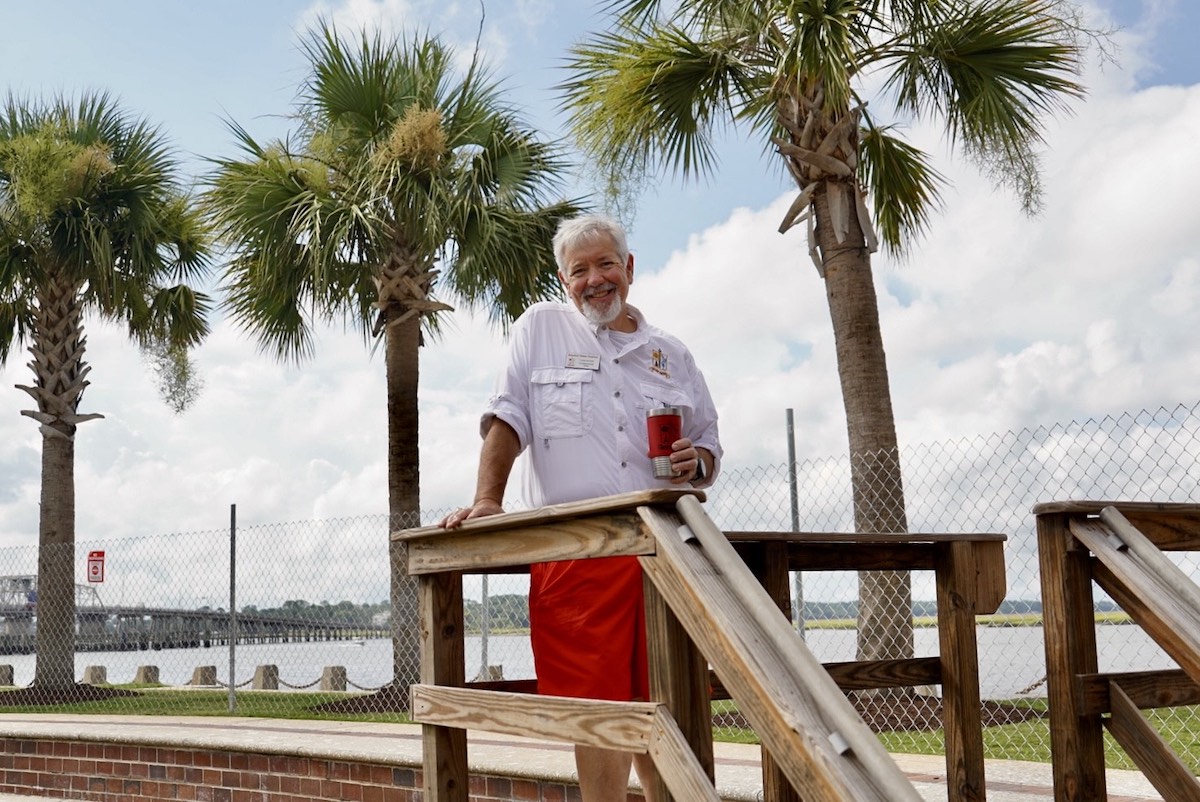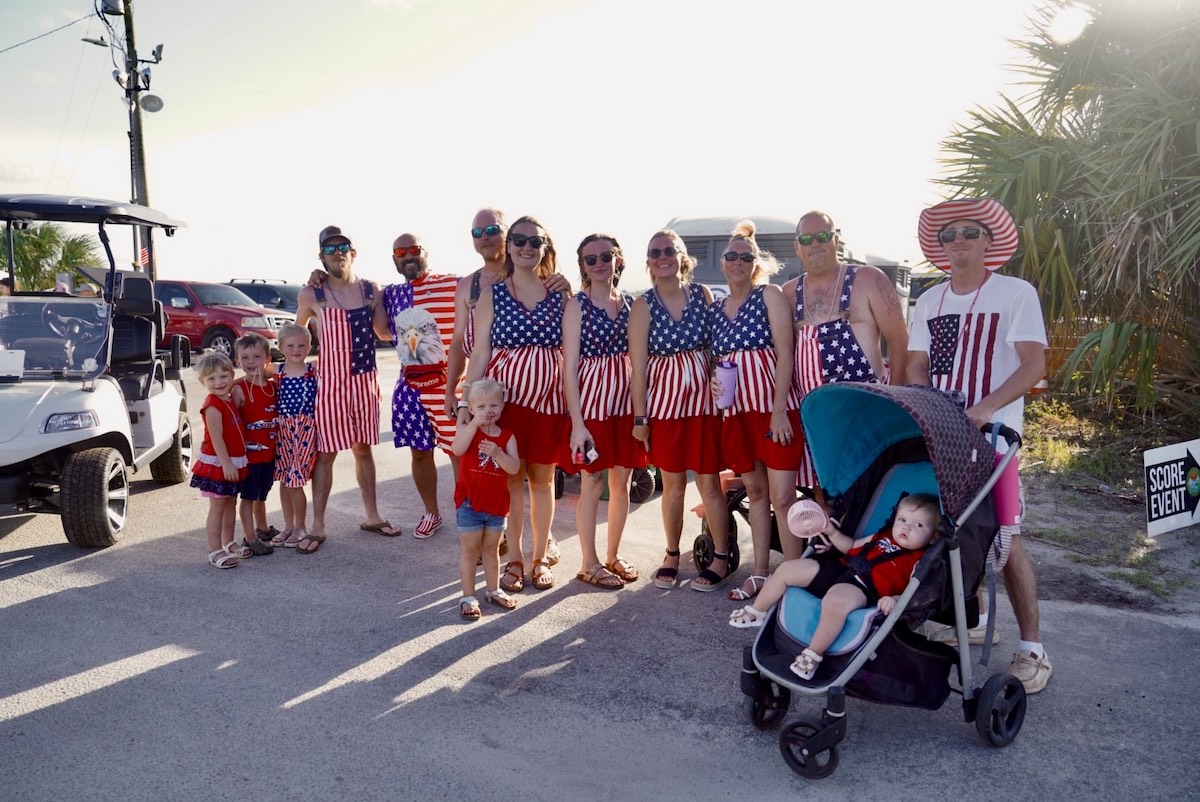Forensic science and genealogy help identify 1995 murder victim as a Florida woman
From staff reports
It took more than 27 years, but the Beaufort County Sheriff’s Office (BCSO) has caught a break in the case of an unidentified female murder victim found May 24, 1995 off Cotton Hall Road in Yemassee.
Through advanced DNA technology and genealogy research, the woman has been identified as Maria Telles-Gonzalez of Kissimmee, Fla.
About the case
On May 24, 1995, an employee from the South Carolina Highway Department discovered the body of a dead woman in a drainage ditch on Cotton Hall Road in Yemassee. Sheriff’s deputies and investigators began investigating the death.
According to retired BCSO investigator Maj. Bob Bromage, the woman suffered a violent death by strangulation. The woman was killed elsewhere and the body had been moved. When found, she had been dead for 24-36 hours.
An autopsy was performed at the Medical University of South Carolina. Pathologists deemed the woman’s death a homicide.
The woman, clothed only in underwear, was not identified at the onset of this investigation, and there were no personal effects at the scene to help identify her.
Investigators provided information on her death to local media and employed forensic technologies available at the time to try to identify her. Efforts to identify her in 1995 proved unsuccessful and the case grew cold.
The woman’s physical description, including surgical scars, was entered into the National Crime Information Center (NCIC) and searched against missing persons nationwide. To date, no matches have been made through the NCIC entry.
Bromage called the case “ extremely frustrating.”
A cold case
In January 1999, Sheriff PJ Tanner directed Sheriff’s Office investigators to examine the agency’s unsolved murders or cold cases.
“We care about these investigations. Great care is put into these investigations,” said Bromage, now the Public Safety Director for the Town of Hilton Head. “Sheriff PJ Tanner, without his leadership, we wouldn’t be having this conversation. Cold case initiatives in 1999 were very few.”
Bromage is still a reserve deputy for the BCSO and remains in charge of cold case investigations.
Cold case investigators, along with a team of retired law enforcement professionals, reviewed reports and inventoried evidence of those cases which included the 1995 murder of the unidentified woman found in Yemassee.
With improvements in forensic science, investigators submitted evidence from the unidentified woman’s case to the South Carolina Law Enforcement Division’s Forensic Laboratory for DNA and forensic analyses.
A DNA profile of the woman was developed and uploaded to the Combined DNA Index System (CODIS). Nationwide comparisons with missing women having DNA profiles in CODIS were conducted. None matched the unidentified woman’s profile.
Meanwhile, NCIC teletypes of missing women with similarities to the unidentified woman were received. Hundreds of NCIC teletypes of missing persons, having partial matching characteristics with the unidentified woman, were received and eliminated as being her.
False hopes
In 2004, on the Doe Network’s website, investigators observed a listing of a missing person, Sybil Warren, with physical similarities to the unidentified woman. Warren’s mother was contacted and gave cold case investigators a DNA sample. SLED DNA analysts were able to exclude Warren as being the unidentified woman. Warren remains missing.
In 2006, Interpol was contacted and issued a black notice internationally to assist in identifying the woman. No leads on her identity were received.
In 2007, investigators submitted the unidentified woman’s DNA for biogeographical analysis to determine her ethnicity to better target identification efforts. DNA Print Genomics reported that people with similar DNA markers self-identified as South Asian, Hispanic, and Middle Eastern.
This new information coupled with the woman’s Leonisa brand underwear, which was mostly sold in Latin American countries at the time, led investigators to conclude she was most likely of Hispanic descent.
In 2010, investigators with the assistance of the Sheriff’s Office volunteer cold case committee, contacted the international Spanish language television network, Univision, to request publicity on the case of the unidentified woman. Univision agreed and produced a segment that aired in April 2011.
Following Univision’s broadcast, investigators received information from a man who said the unidentified woman resembled his sister, Josefina Nava. The man, who lived in New York, told investigators Nava was originally from the Dominican Republic and disappeared in Italy in the early 1990s.
Investigators reached Nava’s family in the Dominican Republic via telephone and obtained photographs of Josefina. She resembled the unidentified woman. Nava’s biological mother and son agreed to provide DNA samples to compare with the unidentified woman.
The FBI was contacted and sent an agent in the Dominican Republic to collect the samples. DNA analysis and comparison were conducted at the Beaufort County Sheriff’s Office Forensic Services Laboratory. Nava’s mother and son’s DNA samples showed no biological connection to the unidentified woman. It is believed Nava remains missing.
Subjects were interviewed through the years, one as far as Ohio. Those subjects were eliminated as being involved in the unidentified woman’s death.
A breakthrough
In 2020, following stories of numerous national successes in identifying persons through genealogy research, cold case investigators employed the assistance of Parabon Nanolabs. The unidentified woman’s DNA extract was sent to Parabon, analyzed with its advanced technology, then uploaded to numerous ancestry databases.
A list of potential distant relatives of the unidentified woman was received through Parabon. The Assistant Public Information Officer at the time began research on the woman’s family tree. Sometime later, a volunteer member of the cold case committee was enlisted to assist, and ultimately, took over the task of research.
The volunteer reached hundreds of potential family members through email, many of whom questioned the volunteer’s identity and purpose.
In October 2022, the volunteer received a lead on a possible biological son of the unidentified victim. The volunteer reached the victim’s possible son via email, and he agreed to upload his DNA profile to GEDmatch. Within minutes, Parabon reported a parent-child match between the unidentified victim and the son.
An answer brings questions
The victim was identified as Maria Telles-Gonzalez, who was 36 years old at the time of her death, a wife and mother of three.
Investigators have been in contact with Telles-Gonzalez’ family members who reported to have last seen her in 1995 at their Merrimack Drive home in Kissimmee, Fla. Investigators traveled to Florida to interview Telles-Gonzalez’ family members.
Through the investigation and interviews of various family members, it was learned the day following Telles-Gonzalez’ return from a trip to Puerto Rico in May 1995, she left her Florida home after her three children went to school. She never returned. It was also learned that Telles-Gonzalez’ husband was home alone with her when the children went to school. She left without her vehicle. The suitcase she arrived from Puerto Rico with was also gone.
Telles-Gonzalez has never been reported missing. As expected, identifying Telles-Gonzalez brought quick focus on a possible person of interest.
Investigators are trying to identify two people closely connected to Telles-Gonzalez; her close friend whose name may be “Patricia” and a male friend/suspected boyfriend, who remains unidentified. They are believed to have also lived in the Kissimmee, Fla., area.
The investigation into the murder of Telles-Gonzalez is ongoing and active.
“We’re a long way from where we started,” Tanner said. “We hope we’ll be able to resolve this case in a timely fashion.”
Anyone with information about Maria Telles-Gonzalez’s disappearance or murder is encouraged to call cold case investigator Robert Bromage at 843-816-8013 or via email at robertb@bcgov.net.












